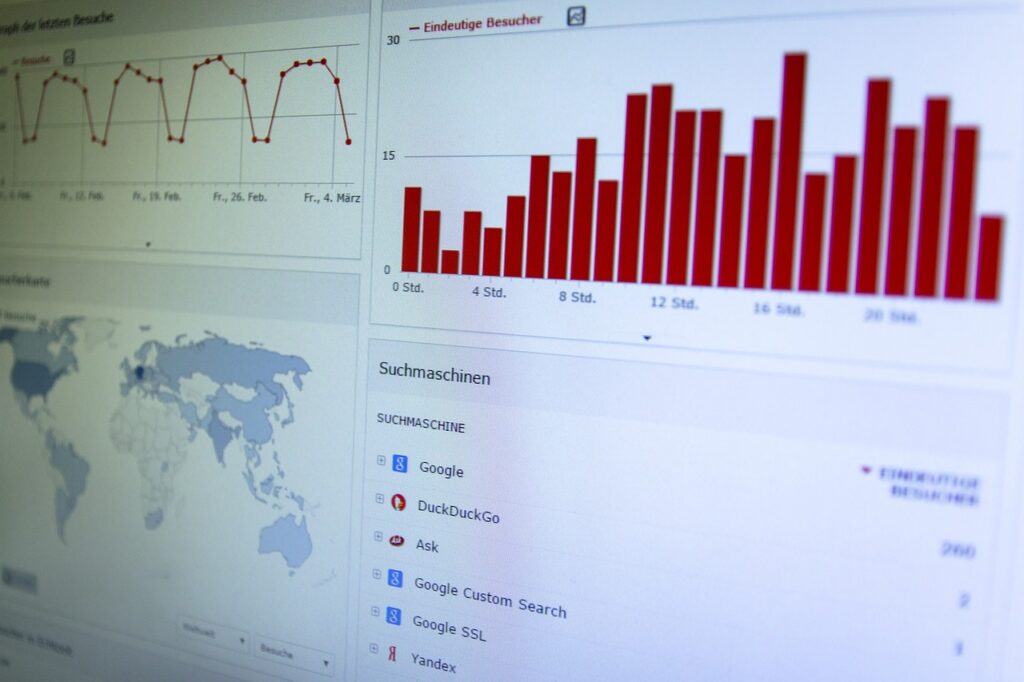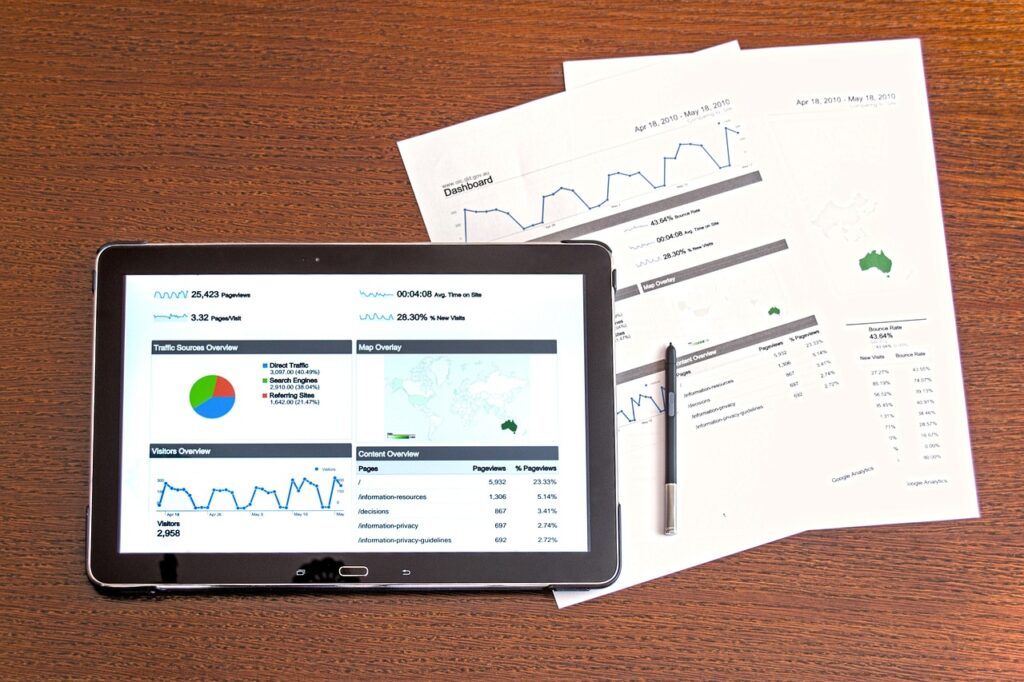Artificial intelligence (AI) and machine learning are having a transformational impact on manufacturing, robotics, transportation, agriculture, modeling and forecasting, education, cybersecurity, and more. But despite the benefits, the adoption of AI in these industries raises products liability questions.
Companies can reduce risk by using contract provisions, such as warranties, indemnities, and limitations. Legislation could also alter the liability landscape by creating no-fault systems that shield stakeholders from traditional liability risk and impose fees on them instead. Here is how Machine Learning can be used for Product Liability Analysis:
1. Identifying Relevant Data
Data relevance is a key part of the quality of data and can be defined as the degree to which your data provides insights that align with business goals. Irrelevant data may skew the results of your analyses and result in inaccurate decision-making. For example, if you use low-quality location data to track customer behavior, your decisions could be based on irrelevant factors that don’t reflect actual behavior. This can lead to misallocation of resources and wasted money.
The increasing uptake of artificial intelligence (AI) and machine learning technology is transforming many areas of business. Autonomous vehicles, drones, surgical equipment, and household appliances are just a few examples of products that utilize AI algorithms to make decisions. Although these systems are promising to improve product safety, they also raise new questions of liability.
Physicians, in particular, have concerns about the impact of AI on clinical liability. Many believe that clinicians may be held liable for medical malpractice if they adopt AI-based tools that are prone to error because they don’t fully understand how the algorithm works.
Some lawmakers have proposed changes to traditional liability frameworks in order to encourage safe implementation of AI/ML technologies. For example, they have considered shifting liability from stakeholders to the government via compensation programs that don’t consider fault or injury. These programs typically rely on a system of fees assessed on stakeholders rather than the traditional model of imposing liability on all parties.

2. Analyzing the Data
Machine learning can be used to analyze a large volume of data, identifying patterns that can help inform business decisions. This allows businesses to identify potential product liability issues before they become problems, and provide proactive risk reduction strategies for their customers. However, implementing this technology can be challenging. Many employees may feel resistant to the change, and the technology can be difficult for some to understand. A successful implementation strategy will focus on specific business goals, and include a thorough communication plan to ensure that employees know how to use the tool effectively.
Machine learning techniques can also help to isolate the cause behind results, allowing users to determine which factors are driving outcomes. For example, PCA is a mathematical technique that helps to separate the effects of correlated variables into uncorrelated ones, which can then be analyzed individually. This can be helpful in understanding the drivers of a result, such as understanding how an increase in household income boosted sales.
Moreover, machine learning algorithms can analyze historical data to find trends and patterns that humans may have missed. This information can then be used to improve systems and deliver personalized services to consumers. For example, facial recognition and emotional analysis software can be used to target marketing to specific individuals, increasing customer satisfaction and brand loyalty.
AI/ML applications are increasingly being incorporated into products, including automobiles, surgical equipment, and household appliances. While these applications can make products safer, they can also raise complex legal questions regarding product liability. For example, if a clinician interprets an inscrutable algorithm incorrectly, causing injury to the patient, it may be difficult to determine which party should be held liable.
3. Identifying Patterns
Machine learning is a subset of AI that helps computers learn without being explicitly programmed. This technology can be found in many parts of our lives, including the internet search engine that recommends movies or restaurants, email filters that categorize spam, credit card transactions and log-in attempts that detect fraud, and smartphone voice recognition.
As the popularity of this form of predictive analytics has risen, so too has interest in developing models that can identify and explain these patterns. However, this can be a complicated and time-consuming process that requires expert help.
In product liability cases, machine learning can be used to automate the process of finding patterns in large amounts of data. This can reduce the need for humans to review the results and can lead to more accurate predictions of outcomes.
This type of analysis can also be used to better understand customer trends. By correlating customer behaviors with product purchases, an enterprise can tailor its offerings to meet consumer demand and improve sales.
Using machine learning for product liability can help identify risks and predict certain kinds of outcomes – such as whether a customer is likely to churn or an insurance claim may be fraudulent. These types of predictions can save companies valuable resources by identifying the most likely issues before they become a problem.
Another benefit of this type of analysis is its ability to detect bias. For example, if an algorithm is trained on data that is biased and then applied to a new set of data, it may produce inaccurate results that could negatively impact the company. The use of unbiased training data is crucial to avoid creating models that are discriminatory or violate regulatory requirements.
4. Creating Models
Once the data is collected, it needs to be processed into a form suitable for machine learning. This involves standardizing it, identifying and replacing erroneous information, removing unnecessary data, and dividing it into training, validation, and test sets.
This process is often the most time-consuming and difficult, but it is critical to machine learning success. Once the data is prepared, a model can be built. The model is essentially an algorithm that will use the training data to recognize certain types of patterns. ML models can be used to solve many different kinds of problems, including binary classification (Yes/No), multiclass classification, regression, and clustering.
The choice of which model to use depends on the goals of the application. For example, if the goal is to predict customer churn, a simple linear model might work best. For more complex problems, a neural network or deep learning model might be necessary. Another consideration is whether the results of a model need to be interpretable. If the answer to this question is yes, the model will need to be evaluated for biases and explainability (e.g., Lipton 2018; Rudin 2019).
It is important to remember that machine learning is not a panacea for all business problems. It is essential to determine which tasks can be handled by machine learning and which still require human input. Identifying the right balance between machine learning and manual processes can help avoid liability risks.
It is also important to set realistic performance metrics for machine learning models. Setting these goals helps ensure that the system is delivering real value to the business and not simply serving as a proof of concept. When establishing these goals, it is important to think beyond the technical metrics like accuracy and precision to more business-relevant measures like ROI, user engagement, or conversion rates.
5. Creating Tests
QA testers need to write test cases that are essentially mini-programs that verify specific software features, like user interface (UI) elements. Machine learning can be used to automate this process by analyzing patterns in the data and creating test cases that are most likely to reveal bugs. This can save QA teams significant time and effort.
Performing regression testing on the software each time there is a code change or update can be extremely expensive and time-consuming, which is why automation of this process is so important. Machine learning can be used to create automated unit tests and regression tests, which can be regenerated automatically, saving time and resources on manual work.
However, it is also essential that human QA and testing team members monitor how well the ML model is working in production. This is done by implementing monitoring tests that track various indicators, including the ability of the model to detect a given pattern in the data; the model’s accuracy and reliability; and the consistency of the results produced over time.
These types of tests should be executed regularly to make sure that the ML system is functioning properly. Depending on the type of ML model being used, these tests may include an Invariance test (INV), which involves applying label-preserving perturbations to the input and expecting the prediction to remain unchanged; a Sentiment analysis task, such as changing location names or incorporating negative words in NER capabilities to observe how the sentiment changes; or a Directional Expectation test, similar to INV but with a goal of observing the expected output rather than the actual outcome.
As the use of machine learning in products such as automobiles and medical devices increases, so too do the liability implications for product makers if these systems are faulty or cause harm to the end-user. This raises complex issues around how a manufacturer can prove that an algorithm designed by a computer is free of errors.
6. Root Cause Analysis
Utilizing Explainable Artificial Intelligence (XAI) techniques is a critical step in product liability analysis. XAI methods are designed to shed light on the often complex and opaque decision-making processes of machine learning models. In the context of product liability, these techniques play a crucial role in improving transparency and understanding.
When machine learning models predict liability risks or defects in products, they do so by analyzing a multitude of features and data points. These models can be highly accurate, but their decision-making processes can be difficult for humans to decipher. This is where XAI comes in. XAI methods, such as LIME (Local Interpretable Model-agnostic Explanations), SHAP (SHapley Additive exPlanations), or attention mechanisms in deep learning models, provide insights into how and why these decisions are made.

Interpretable explanations of model decisions
By applying XAI techniques, stakeholders, including product engineers, quality assurance teams, and legal professionals, gain access to clear and interpretable explanations of model decisions. This transparency helps them understand the root causes of product defects and liability risks more effectively. For instance, XAI might reveal that a particular feature, such as a specific component or manufacturing process, is consistently associated with higher liability risks. Armed with this knowledge, product teams can focus their efforts on addressing the root causes of these issues.
Verify the validity of ML model outputs
Furthermore, XAI empowers stakeholders to verify the validity of ML model outputs and identify potential biases or errors. In the context of product liability analysis, it’s essential to ensure that the models are not making decisions based on irrelevant or discriminatory factors. By comprehending how the models arrive at their conclusions, stakeholders can scrutinize these decisions and take corrective actions when necessary.
In essence, XAI techniques serve as a bridge between the black-box nature of ML models and the need for human understanding and accountability in product liability analysis. They facilitate collaboration and informed decision-making by providing clear and interpretable insights into the factors driving product defects and liability risks. This transparency is invaluable in enhancing product safety, reducing liability exposure, and ultimately ensuring that companies can deliver safer and more reliable products to the market.
